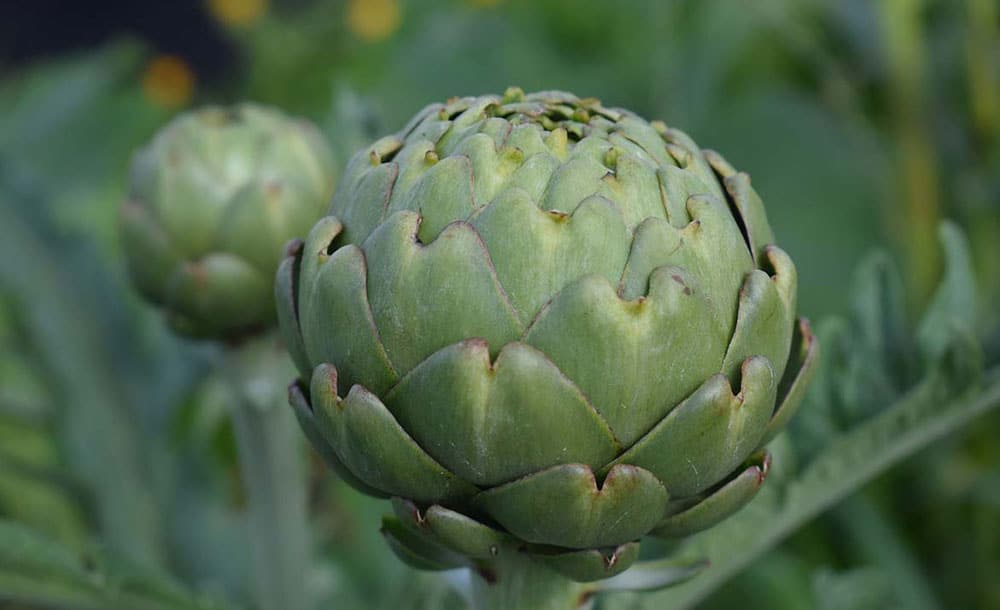The wet weather in March has turned everything green–a good motivator to plant an ambitious garden this spring.
Prepare Your Garden Before Planting
For most, the gardening bug only hits in spring. That means gardens have been given minimal attention during fall and winter. Get your garden ready for spring planting by first removing weeds and any dead leftover vegetable plants. Then, add two inches of a vegetable garden mix into the soil. The soil amendment with its microorganisms improves soil structure and releases needed nutrients.
Install A Drip Irrigation System
The rain won’t stick around much longer. When the heat of summer is upon us, a drip irrigation system will get the water where plants need it the most–directly into the root system. A drip system makes the best use of water, unlike an overhead spray system where much of the water is lost to evaporation or runoff.
Plant Vegetables With A Good Return On Investment
Garden-grown vegetables taste better and are usually healthier than store-bought versions, but with the cost of water and soil prep, some vegetables are worth planting more than others. Vegetables that can be grown for just about the same cost as their store-bought versions include artichokes, tomatoes, lettuce, broccoli, bell peppers, garlic and zucchini (although you may end up with too many).
Plant Your Herb Garden
An herb garden also makes good financial sense. Aside from their fresh-picked goodness, most homegrown herbs cost less to grow than to buy. Basil, chives, cilantro, mint, oregano, parsley, dill and rosemary are just some easy-to-grow herbs that should be planted now.
Add Flowers To Your Vegetable Garden
Add pollen-rich flowers in and around your vegetable garden to attract beneficial, pollenating insects. They’ll be drawn to the flowers but will also make stops at your flowering vegetable plants. Consider planting yarrow, sunflowers, fennel, lantana, alyssum and white clover.

